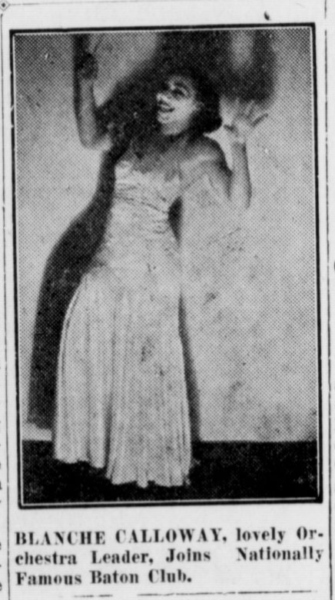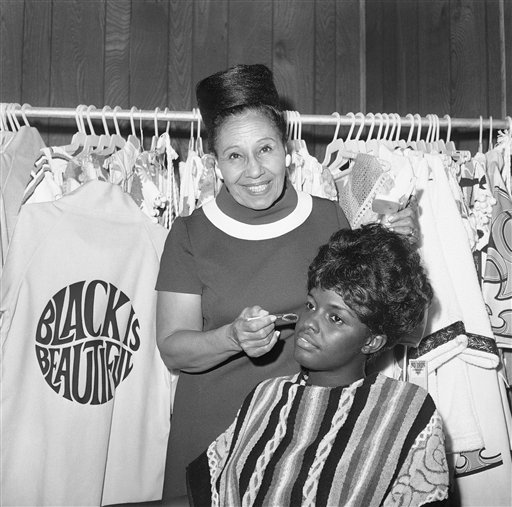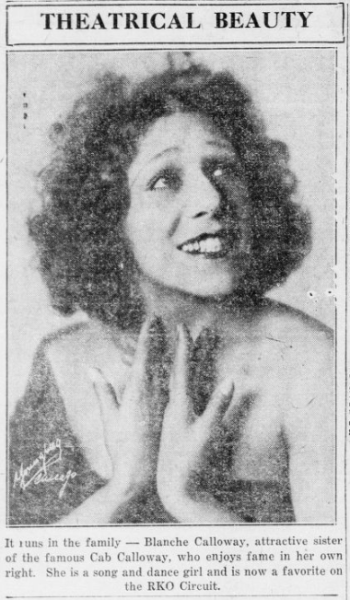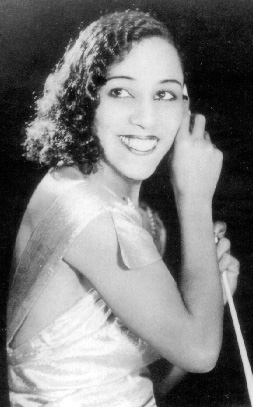Valiada Snow was in the papers. Even when journalists didn’t have a scrap to write about her, pictures of her glowing, smiling, singing and generally being gorgeous would show up alongside unrelated articles in the entertainment section. She had sponsorships, showing up in newspaper ads for RC Cola and hair treatments. She traveled the nation and the world, acting, dancing, singing, and playing trumpet.
Snow’s fall from fame and memory has been blamed on the diversity of her talent. If she had only been a torch singer, we would’ve remembered her. If she had only been a dancer, she would’ve made history. If she had only been a trumpet player, modern audiences would know her as well as Louis Armstrong. But Valaida Snow was never only one thing or another. Even within a specialty, her talent was diverse. In one oft reported performance, Snow concluded a number on the trumpet with a dance number where, for each chorus, she danced in a different pair of shoes. “The dances and shoes to match were: soft-shoe, adagio shoes, tap shoes…, Dutch clogs, Chinese straw sandals, Turkish slippers, and the last pair, Russian boots” (Reitz, 1982). Her singing was comparably varied. In addition to torch songs and blues, she was one of the few black entertainers to sing Broadway tunes as well (Mosley, 2020).
The trumpet was Snow’s primary instrument, but she also played cello, bass, violin, guitar, banjo, mandolin, harp, accordion, clarinet, and saxophone (Charles, 1995). She conducted bands, produced shows, designed costumes, spoke seven languages (Cowans, 1943) and was reportedly a fine painter (“Valaida Snow Engagement at Orpheum,” 1946). She could write down music as it was being played (Reitz, 1982). She was also the master fabricator of her own story.
Continue reading Queen of the Trumpet: Valaida Snow




